Class 1: Why Systems Biology?
Systems Biology
Andrés Aravena, PhD
October 01, 2021
Welcome
Today’s questions
Who
What
How
When
Who?
I am Andres Aravena
- Assistant Professor at the Molecular Biology and Genomics Department
- Mathematical Engineer, U. of Chile
- PhD Informatics, U Rennes 1, France
- PhD Mathematical Modeling, U. of Chile
- not a Biologist
- but an Applied Mathematician who can speak “biologist language”
What?
What is this?
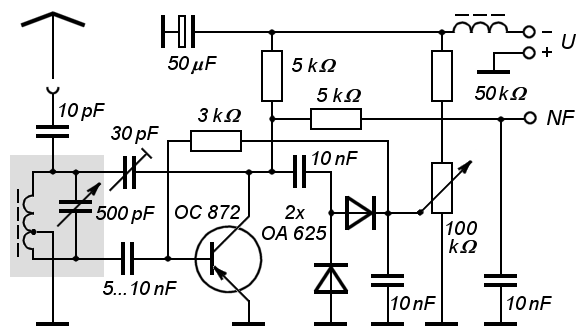
What is this?

It can get really complex

Engineers use networks to model systems
We want to build radios and devices within several constraints
- within a budget (money)
- using fewer resources (energy, materials)
- for a specific purpose
- with a narrow margin of error
- with few secondary effects
Systems are collections of inteacting parts
Each part can be simple
The emergent behavior can be complex
Moldeling a system allows us to understand, predict, and control its behavior
Metabolic map of E.coli
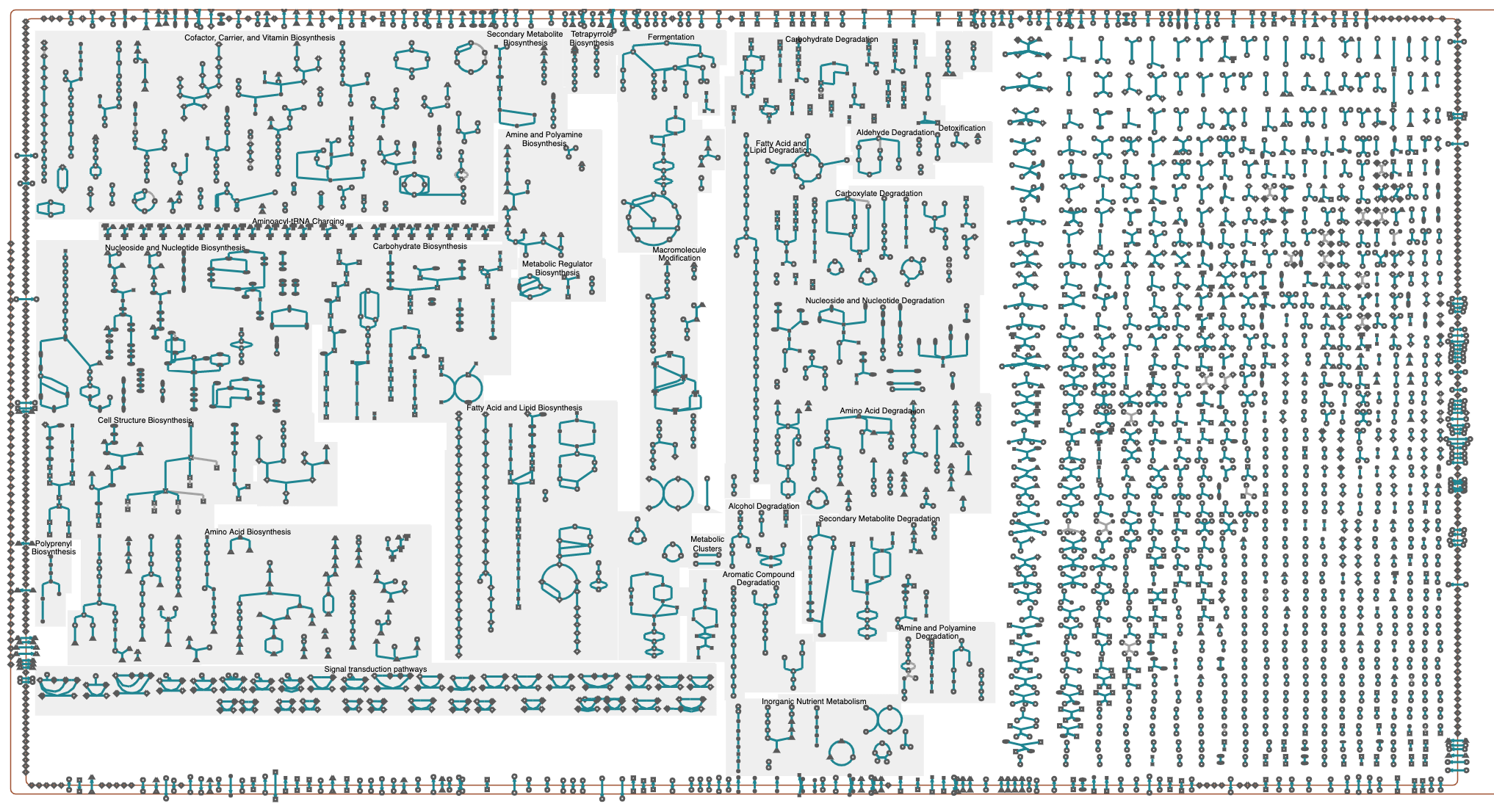
Molecular interaction maps
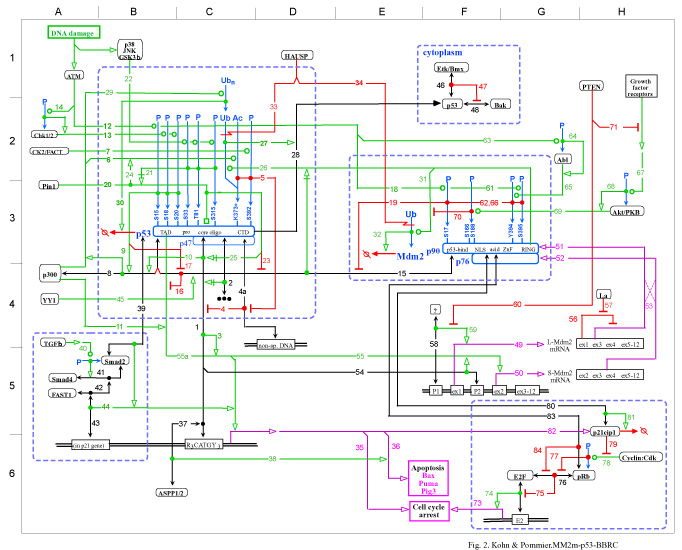
Good diagrams follow some rules
- The meaning of each symbol must be clear to everybody
- Need for standarization
- Technical details of each part should be explicit
- Interactions between parts should be explicit
A good representation allows simulation and predictions
Systems Biology Graphic Language
Process description map, Drosophila cell cycle, doi:10.1371/journal.pcbi.1005740

Systems Biology Graphic Language
Activity flow map, Protein precursor processing, doi:10.1002/psp4.12155
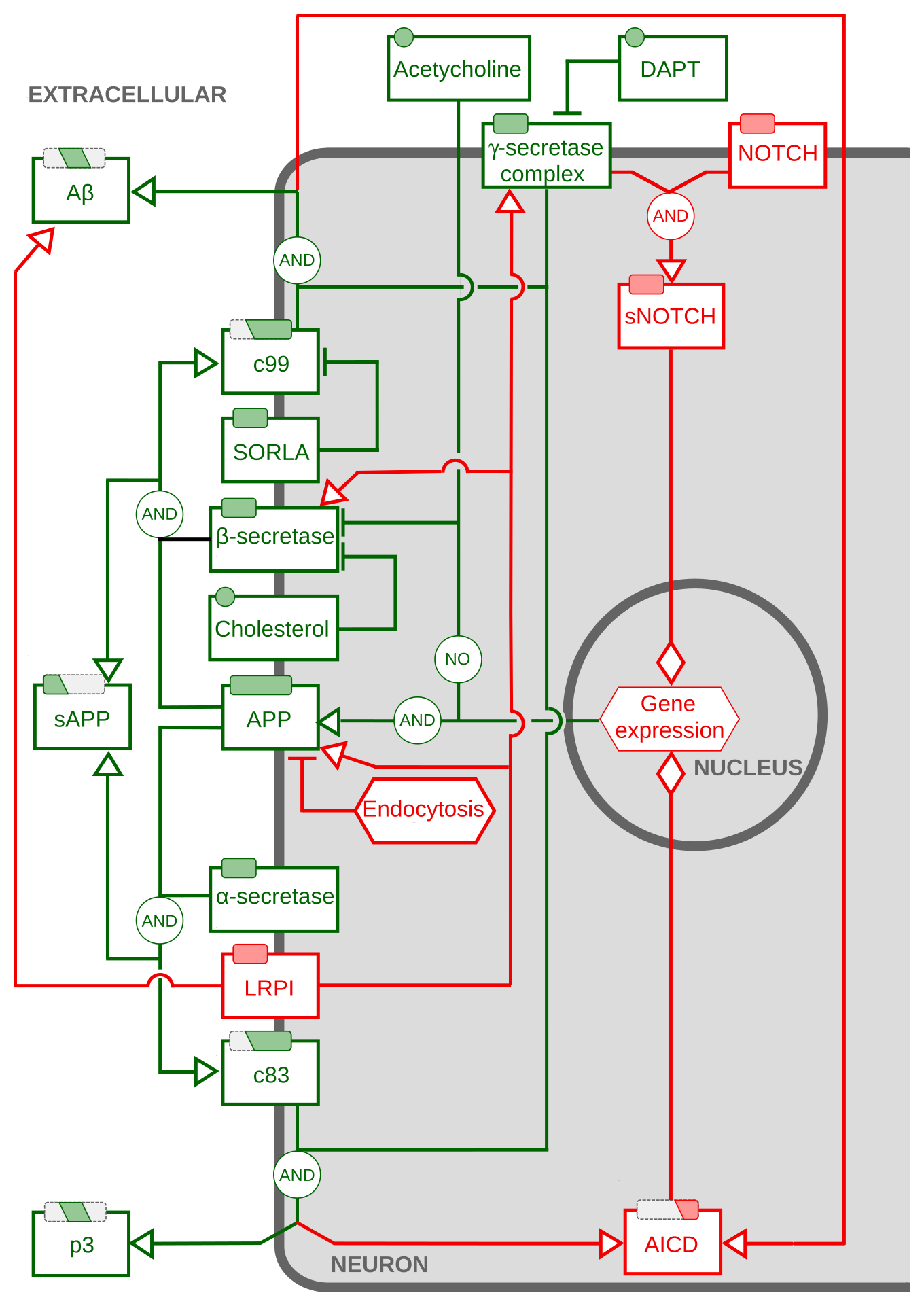
Systems Biology Graphic Language
Entity Relationship map, CaMKII regulation by calmodulin, doi:10.1371/journal.pone.0029406
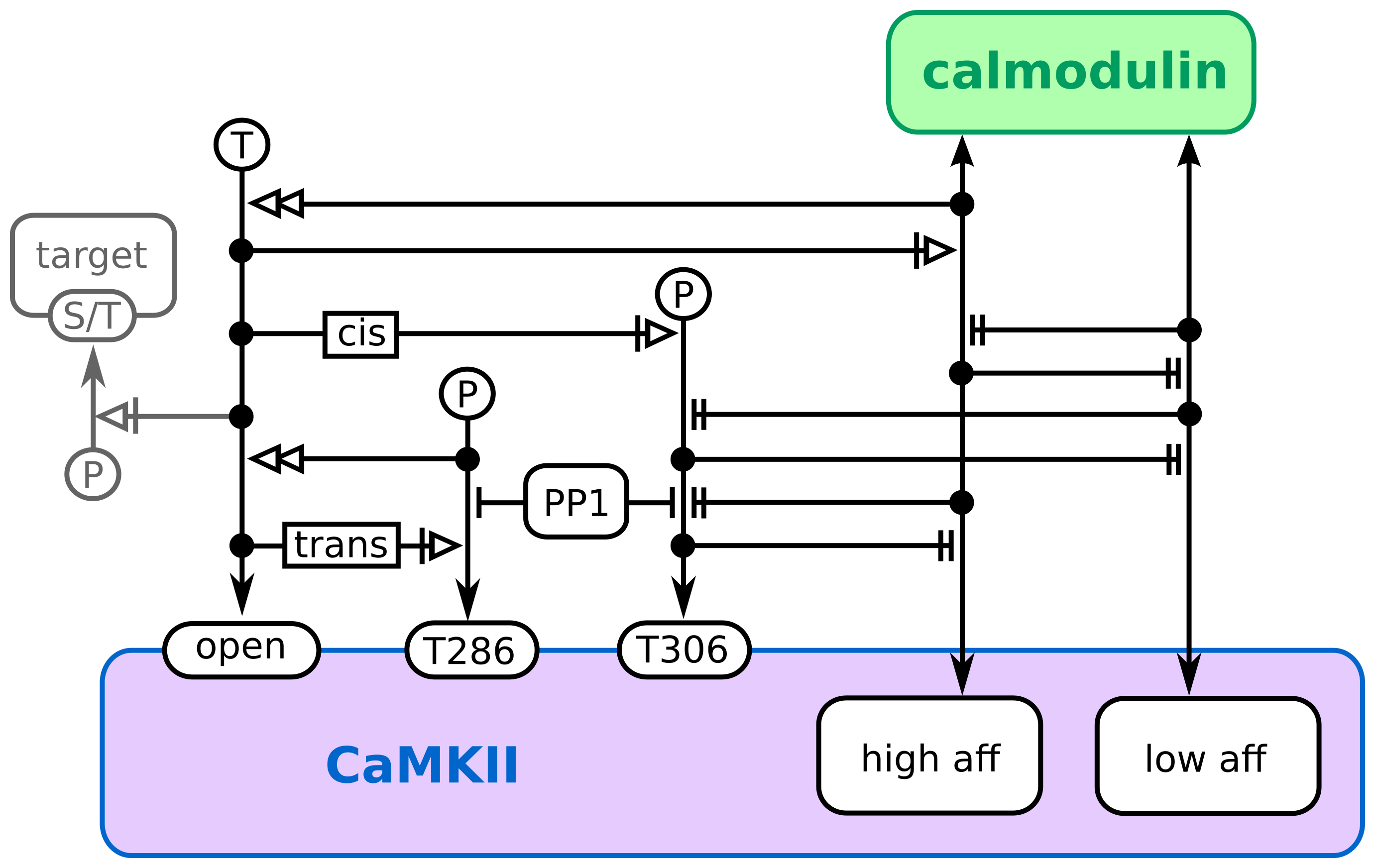
How does this fit in the Big Picture of Science
An operational definition of Science
Scientist work is to understand Nature
We start by Observing Nature, usually measuring values.
These are exploratory experiments.
The thing we study must be repetible, and we need to see that repetition.
We can find them using plots, linear models, clustering, etc.
This is the most important part.
Good answers to bad questions are useless.
Good questions are good, even if we don’t have answers
We answer these questions using models and explanations
Valid models should make predictions that we can test in the lab…
These are validation experiments.
If the results do not match the prediction, we know that the explanation is wrong. Two steps back.
Now we publish our data and model, so other scientists validate or reject it.
The final validation is to be published.
If the paper is accepted and published, our work becomes part of our shared human knowledge.
The goal of Science is to produce new Knowledge.
When we observe Nature we use our previous Knowledge
We look for new Patterns that raise new Questions.
“Noise becomes Signal”
Details
- Our Observations depend on our previous Knowledge
- The first step is to Find Patterns
- The key is to ask Good Questions
- Explanations are “models”, in a broad sense
- Valid models should produce new Predictions
- Observations and Test can be done in the lab
- “Knowledge” means Published
- Authority is not relevant
Characterization of Science
- About “outside”
- About visible things
- Things that you can measure
- Provides Explanations
- They must be Logic and Coherent
- Peer reviewed
- Replicable
Assumptions of Science
- There is an “objective reality” outside us
- The reality has some rules
- It is not (completely) random. There are rules
- The rules are “logic”
- The rules do not change
- We may not see the rules directly
- We can (in theory) discover these rules using reason